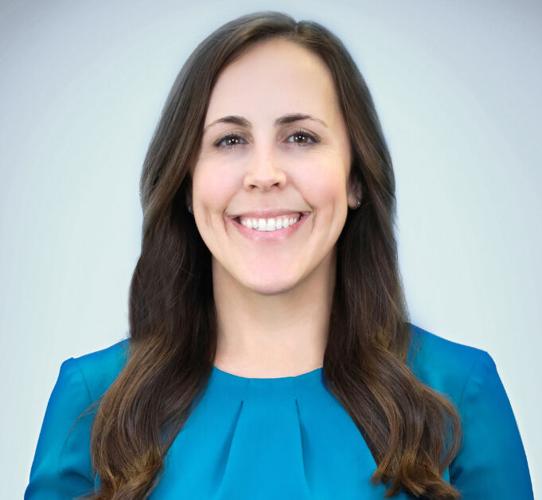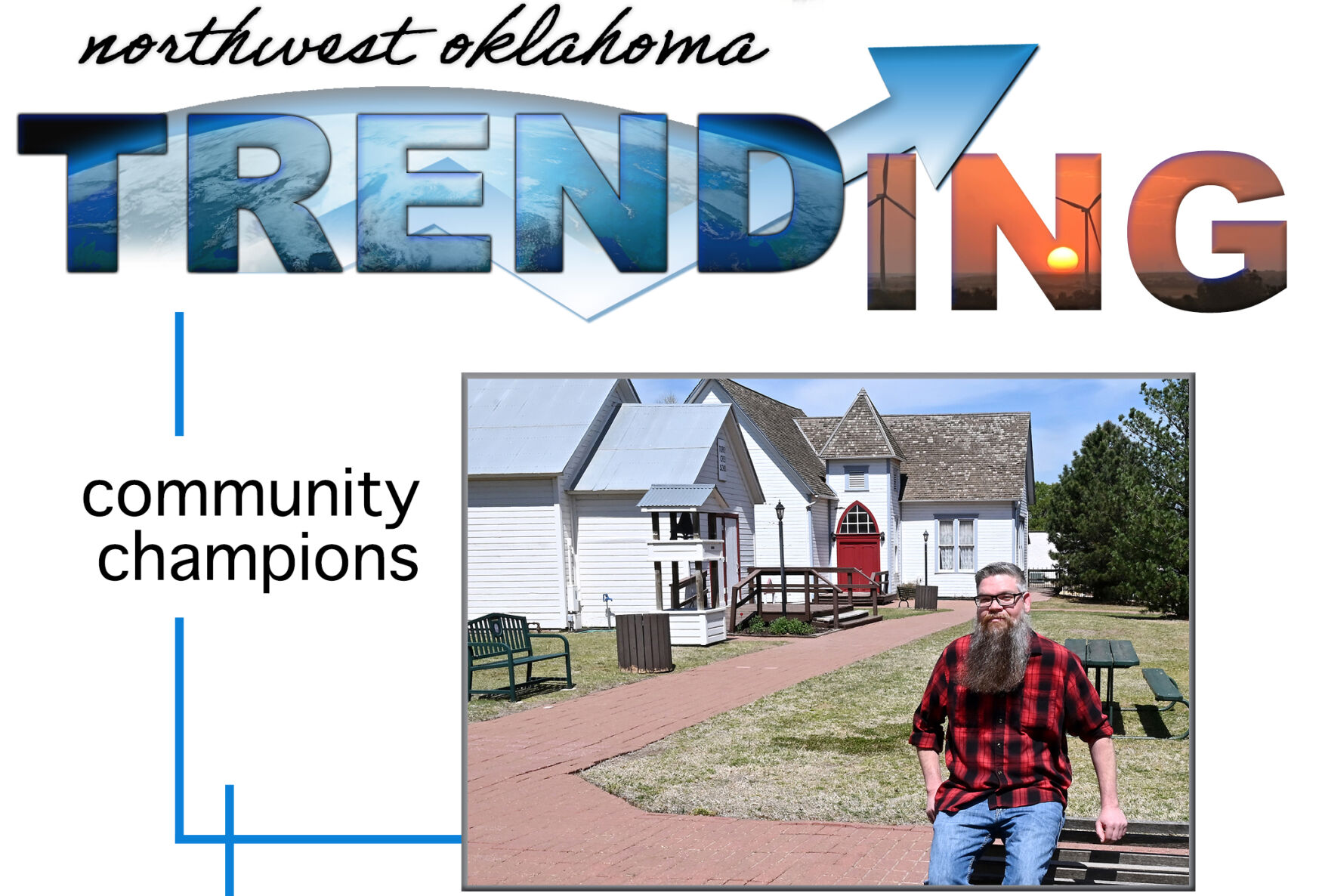OKLAHOMA CITY — Oklahoma hospitals are seeing a financial bump as the Oklahoma Health Care Authority makes the first of a new payment type under SoonerSelect, the state’s new managed care system for Medicaid.
The so-called enhanced directed payments are an addition to a program already in place that taxes hospitals based on their patient revenue to attract more federal money. Oklahoma’s Medicaid program is jointly funded by the state and federal government. It covers more than 1 million Oklahomans, including 533,000 children.
The extra money under the Supple-mental Hospital Offset Payment Program helps hospitals make up a loss of revenue they see when treating Medicaid patients. Reimbursements for that type of care are less than Medicare and much less than those from private insurance.
The enhanced directed payments, estimated at $500 million per year, are meant to make up the difference between Medicare reimbursement rates and 90% of the average commercial rates from private insurance.
Hospitals received $252.4 million from the new program in April, the first of two payments, with a similar amount expected to be sent in July. There are no restrictions on what hospitals do with the money, but the hope is that they will be able to expand their workforce and deal with higher costs from inflation. The payments also will give some predictability to cash flow at smaller, rural hospitals.
The SHOPP tax for hospitals increased to the maximum of 4% this year, up from 3.5%. The tax isn’t levied on more than 35 rural hospitals that are designated critical-access hospitals, although they are eligible for the enhanced directed payments under managed care.
“From a state standpoint, increasing the tax is what allows us to draw down additional federal dollars,” said Ellen Buettner, the Health Care Authority’s chief executive officer. “We’re increasing the state share without the Legislature having to appropriate additional funds.”
Lawmakers approved the program during the 2022 session under Senate Bill 1396. The original SHOPP program was approved in 2012.
Easing the transition
The enhanced directed payments are meant to ease the transition for Medicaid providers as the state changes its payment model from fee-for-service to managed care. Under managed care, the state contracts with insurance companies, which, in turn, reimburse providers.
Lawmakers in 2023 also provided a $200 million glide path for providers in the months before managed care began. That gap payment was sent to hospitals and physicians in August. Dental managed care under Medicaid began in February; medical managed care started in April.
Buettner said implementation has gone smoothly, although there have been glitches at times. One of the goals was to have an adequate network of providers for Medicaid patients across the state. On average, each of the three health insurance companies under contract had about 50,000 providers. That compared to between 65,000 and 70,000 providers under the old fee-for-service model. The agency has held numerous town halls and virtual office hours to answer questions from health care providers.
“From a network adequacy standpoint, we feel pretty good,” Buettner said. “We received positive feedback, especially from hospitals and other providers. There are pockets, primarily small, independent practices, where we’re working through system glitches with them, but they’ve been very engaged to give us specific information so we can address that directly with the plans and get a resolution.”
Rich Rasmussen, president and CEO of the Oklahoma Hospital Association, said there have been some growing pains as the industry transitions to the Medicaid managed care model, which is to be expected. They include some glitches with mapping patient and payment databases with the new insurance companies under contract.
“That’s just what happens when you make a major system change like we’re going through,” Rasmussen said. “There’s plenty of grace to be extended to everyone.”
For hospitals, he said the enhanced directed payments are meant to alleviate a long-time gap in what the government pays for health care and what private insurance pays.
“That directed payment is really a reflection of the underpayment,” Rasmussen said. “It’s allowing hospitals to take pressure off the premium that the private insurers are having to pass on to their customers. We are hopeful this additional reimbursement will allow hospitals to invest more into their communities and will create some sustainability.”
Oklahoma’s expansion of Medicaid under State Question 802 in 2020 reinforced the need to support rural hospitals, Rasmussen said. The enhanced payments translate into an investment in the sustainability of rural health care.
“If that rural hospital knows they’re going to be able to see their payments for those services be competitive with private health insurance, it makes it easier for them to make appropriate investments to expand care or gives them more predictability for them to invest in capital improvements they need to make,” Rasmussen said. “Many of our rural hospitals really struggle with capital needs.”
Enhancing primary care
Apart from the hospital payments, other health care providers such as doctors and clinics can qualify for enhanced Medicaid reimbursements if they offer additional services under managed care. Buettner said they can get incentives for offering early intervention behavior health screening, after-hours access to services and regular wellness visits. It’s part of the agency’s goal of increasing access to primary care under the managed-care model.
The first quarterly payments under that provider incentive program will go out in July. Annually, the Health Care Authority expects that program to offer an additional $100 million each year for primary care practitioners.
The three insurance companies offering managed care plans under Medicaid — Aetna, Humana and Oklahoma Complete Health — have designed their own programs to enhance both care and quality of life for their members. Those include gift cards for wellness visits or well-child visits, stipends for after-school programs, YMCA memberships and diabetes screening and testing. Some involve pest control and financial literacy coaching.
“Some of the ones I really like are ones outside the box of what you would think a health insurance company would be doing,” Buettner said. “Some of the plans are offe ring financial assistance and food boxes for people who have food insecurity. They’re also offering legal assistance for criminal justice-involved individuals, including one where they assist people with expungements.”
























Commented
Sorry, there are no recent results for popular commented articles.